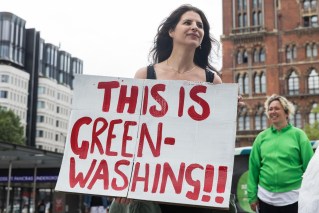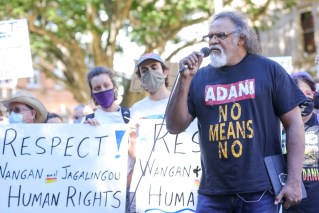Inflation forces up the cost of retirement – now you’ll need $71,000 to pay the bills
A comfortable retirement now needs an annual income of $71,724 for a couple, according to the Association of Superannuation Funds of Australia.

Retirement costs climbed in the September quarter (file photo)
The sum increased 1.3 per cent in the September quarter. ASFA said Australian retirees continued to face significant cost pressures on their household budgets across a range of expenditure items.
The annual expenditure needed by singles rose 1.5 per cent to $50,981, taking the annual increase to 5.5 per cent. This was about the same as the 5.4 per cent increase in the general CPI.
“Retiree budgets have been under sustained pressure for the last two years,” said ASFA interim chief executive Leeanne Turner.
“In the past 12 months alone utility prices have surged more than 12 per cent as the cost of electricity, water, and gas continues to rise.”
The cost of electricity was up on average by 4.2 per cent in the September quarter.
The cost increase was even greater for households not eligible for electricity rebates. This includes retiree households in a number of States who are not eligible for the age pension or the seniors Health Care Card. Excluding the rebates, electricity prices increased 18.6 per cent.
There also were significant increases in housing costs, with a 4.4 per cent increase in the quarter in council rates, and a 4.7 per cent increase in water and sewerage charges. Typically increases in these categories occur annually in the September quarter.
Increased petrol prices also had a substantial impact.
Automotive fuel prices rose 7.2 per cent in the September quarter, which is the highest quarterly rise since March 2022.
However, there was better news in regard to some other categories of expenditure. Annual food inflation eased to 4.8 per cent in the September quarter, down from 7.5 per cent in the June quarter and the peak of 9.2 per cent in December 2022. Fruit and vegetable prices fell 6.4 per cent compared to 12 months ago.












